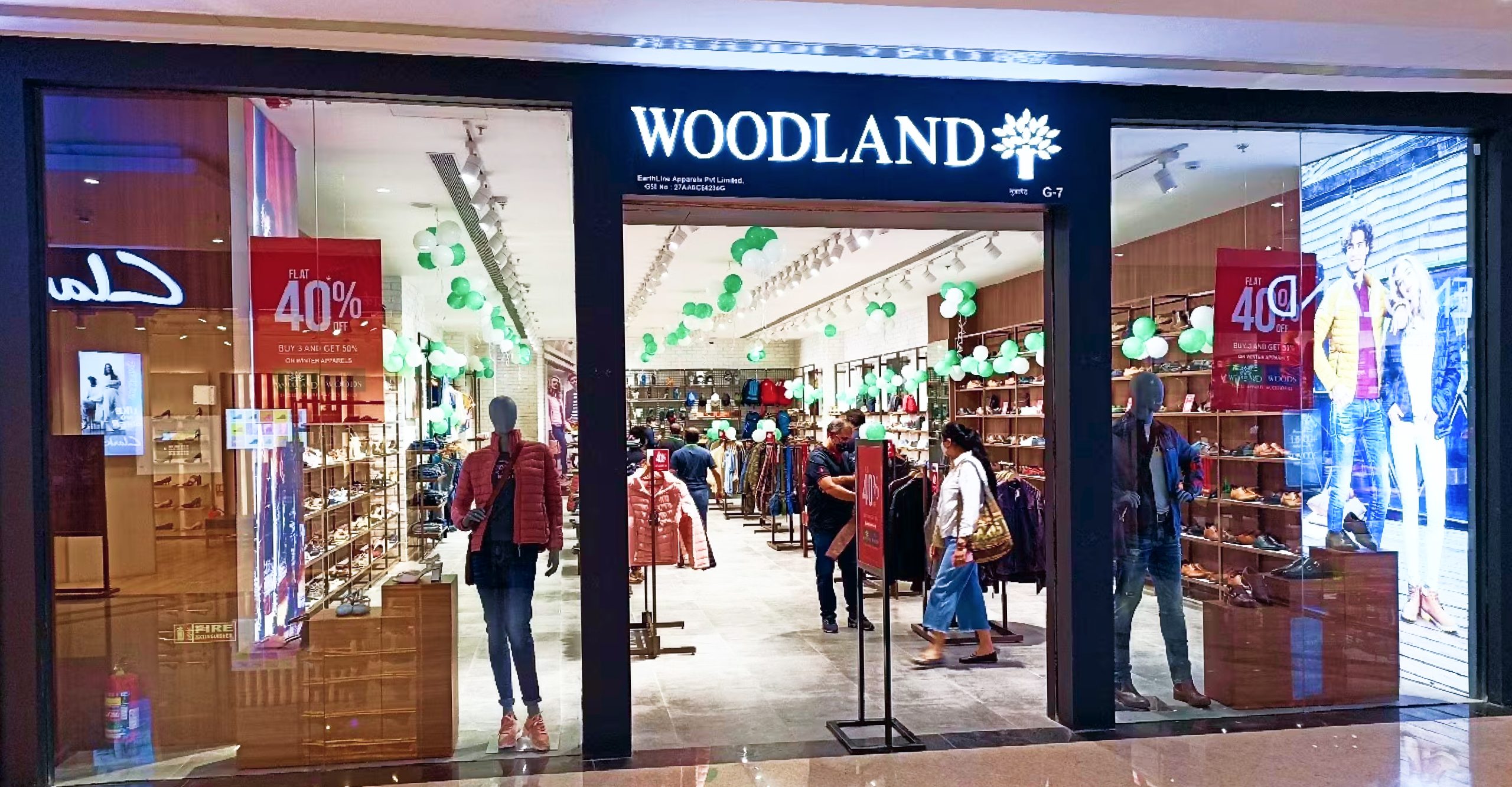About the Client
Woodland is one of India’s most recognized outdoor and lifestyle footwear brands, with a wide presence across 400+ company-owned and franchise stores spanning metros, tier-2, and tier-3 cities.
The brand offers a broad product range across sizes, styles, and seasonal collections, which makes inventory planning increasingly complex. While some stores faced stockouts on fast-moving SKUs, others were piled with slow sellers, leading to revenue loss and markdown risk.
With demand patterns shifting regionally and seasonally, Woodland needed a smarter way to move the right inventory to the right store, at the right time. Manual tracking and reactive planning were no longer enough. That’s where Supplymint’s Allokator came in to drive intelligent, real-time inventory redistribution.
The Challenge
Despite solid demand, many of Woodland’s stores were either overstocked with slow-moving items or understocked in fast-selling categories. Fast-selling styles would run out in some locations, while the same products sat unsold in others. This mismatch wasn’t due to poor planning; it was due to limited real-time visibility and manual transfer processes that couldn’t keep up with shifting demand.
Some key issues included:
- Lost sales at high-performing stores where popular SKUs went out of stock quickly, but replenishment was delayed or missed.
- Aging inventory in lower-demand stores which tied up working capital and increased end-of-season markdown risk.
- Time-consuming manual planning, where allocations and transfers were handled via spreadsheets and email threads, slowed the entire operation.
- No central visibility into SKU performance by region, making it hard to identify which stores needed restocks and which had excess.
Each transfer had to be approved, tracked manually, and coordinated across teams, making the process slow, reactive, and prone to errors.
The Solution
To bring intelligence and agility to its inventory movement, Woodland implemented Allokator, Supplymint’s inventory redistribution engine. The goal was clear: ensure products are always available where they’re in demand, and reduce unnecessary stock where they’re not. Allokator made this possible through a combination of real-time insights, automation, and seamless execution.
1. Store-level analysis of sell-through and aging inventory
Allokator gave Woodland visibility into how each SKU was performing by store, measuring sales velocity, current stock levels, and aging metrics. This allowed the team to identify exactly which products were underperforming and where, and which stores were at risk of going out of stock.
2. System-generated transfer suggestions based on live data
Instead of relying on spreadsheets or guesswork, Allokator automatically suggested optimized inter-store transfer (IST) plans. Using real-time sales and inventory data, the platform recommended which SKUs to move, how much, and between which store pairs, ensuring fast-moving products reached the shelves where they were needed most.
3. Custom transfer rules and business configurations
Woodland configured Allokator with specific thresholds, such as target days of cover, sell-through triggers, and product aging cutoffs. These business rules ensured that transfers weren’t one-size-fits-all but were tailored to Woodland’s operational strategy and regional sales behavior.
4. Full digitization of the IST lifecycle
From approval workflows to transfer order generation and tracking, the entire IST process was digitized within Allokator. Teams no longer had to manage transfers through scattered emails, phone calls, or paperwork. Every action was recorded, traceable, and automatically shared with the right stakeholders.
5. Seamless integration with WMS and ERP systems
Allokator was integrated with Woodland’s existing warehouse and enterprise systems, keeping inventory levels fully in sync and ensuring one version of truth across departments. As a result, reconciliations, receipts, and inventory updates happened in real time, improving accuracy and eliminating delays.
The Impact
7% of the total inventory was reallocated
Allokator recommended strategic stock movements that freed up slow-moving inventory and redirected it to high-demand locations. Without adding new stock, Woodland simply made smarter use of what was already in the system.
2.5x return on investment achieved in the first IST cycle
The revenue gained from timely replenishments and lower discounting significantly outweighed implementation costs. Allokator proved its value within weeks, not months.
Zero manual planning required after setup
Once the rules and triggers were in place, the platform handled allocation decisions automatically. Planning teams were freed from chasing reports or managing spreadsheets.
Marked reduction in aging inventory across low-performing stores
The SKU-level analysis helped the team identify and relocate stagnant stock before it lost value.
This proactive movement helped reduce markdowns and inventory holding costs.
Notable boost in sell-through and conversion rates at top-performing stores
Improved availability of high-demand SKUs translated directly into better sales performance.
Stores could meet real-time demand without waiting for fresh procurement or central approvals.
Conclusion
With Supplymint’s Allokator, Woodland transformed its inter-store transfer process from a manual, reactive task into a data-driven, automated workflow. By reallocating just 7% of its inventory, the brand unlocked a 2.5x ROI, improved sell-through, and reduced discount-driven losses, all without increasing purchase volumes. This case highlights how real-time visibility and intelligent automation can maximize existing inventory, boost operational efficiency, and drive measurable revenue impact across a distributed retail network.
